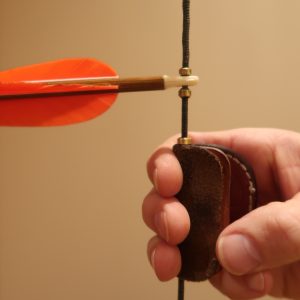
Traditional bows are not known for producing blistering arrow speeds. Shooting at anything beyond 20 or 25 yards creates a beautifully arched trajectory that we can follow with our yes. One of the reasons I love shooting a longbow. It does however create a dilemma. Not for those fortunate few that can just look at target, pull back without thought, let one rip and hit the ten-ring, regardless of distance; but for those without that talent, the aimers and gap-shooters. At close distances we generally need to aim pretty low to get good center hits; so low sometimes that the connection with the animal is lost and it becomes awkward and difficult, resulting in poor shots.
Enter string walking. String walking is a method of shooting and aiming that creates smaller gaps at the shorter distances. By sliding your string hand down the string, grabbing it s short distance below the nocking point, at full draw the arrow will be closer to your eye. The change in perspective makes that you can aim closer to the animal or target. At longer distances, you go back to the traditional method, where you grab the string immediately below the nocking point (string walking usually means you are shooting “three-under”). When you create one defined point where you grab the string at shorter distances, it is also referred to as a “fixed crawl”.
The guys at The Push Archery created a movie a few years back that explains all this in detail: The Push – A Traditional Archery Film
Sounds good? Sounded good to me when I first learned of it. Who wouldn’t want to have the best of both worlds: aiming point close to the point of impact at all distances. But wait; all distances? Just how far are we shooting in hunting situations anyway, and does this approach really have practical value?
Lets examine. I have read claims of archers whose “point-on” (the distance where the point of the arrow at full-draw covers the point of impact) is 50 yards or so. This has to be a result of one of two, or a combination of two things: a high-poundage bow, and a light-weight arrow. From a hunting perspective a point-on this far makes little sense to me.
How many of us can consistent hit the ten or nine ring at 50 yards? How realistic is it to expect that you can hit a whitetail deer consistently at 50 yards, when your arrow speed is such that it has time to hear your string drop, locate the source of the sound, look you in the eye, do a pirouette, flip you the middle hoof, and duck down, all before your arrow gets there?
I’ll pause here and say that the above is based on my own limited view of the world, and for every generality postulated above, there will be plenty of exceptions. However, most people probably have no business shooting at an animal beyond 30 yards with a longbow or recurve. Accepting that as fact, I really see no need for string walking or setting up a fixed crawl.
The solution: shoot a heavier arrow. Why inconvenience yourself with large gaps at short distances, for the idea of having a flatter trajectory out to distances at which you will never shoot during hunting? Find your maximum distance (and for most that will not be 40 or 50 yards), and build an arrow with a “point-on” around that. Obviously your arrow will drop quickly after your point-on distance, but practically you will still have another few yards where you can keep the aim on hair (depending on the size of the critter), and for closer shots your gaps will be a lot smaller. You won’t have to remember to grab your string lower (I am sure I would mess that up in the heat of the moment), and you can create a better-penetrating arrow: higher arrow weight, and more opportunity to put more weight towards the front. All advantages for a hunting set-up.
That was my approach anyway, once I realized that shooting at 40 yards or more was not for me (yet?). I’m getting to the point where I’m getting consistent out to 30-35 yards, and I built my arrow around that.*
Disclaimer: This is just one guy’s opinion, and in my small world it all makes sense. Feel free to tell me I have it all wrong in the comments. I am here to learn and get better, and have fun doing it.
*since I wrote about my arrow set-up my technique has changed a bit, and my point-on increased to just below 30 yards.
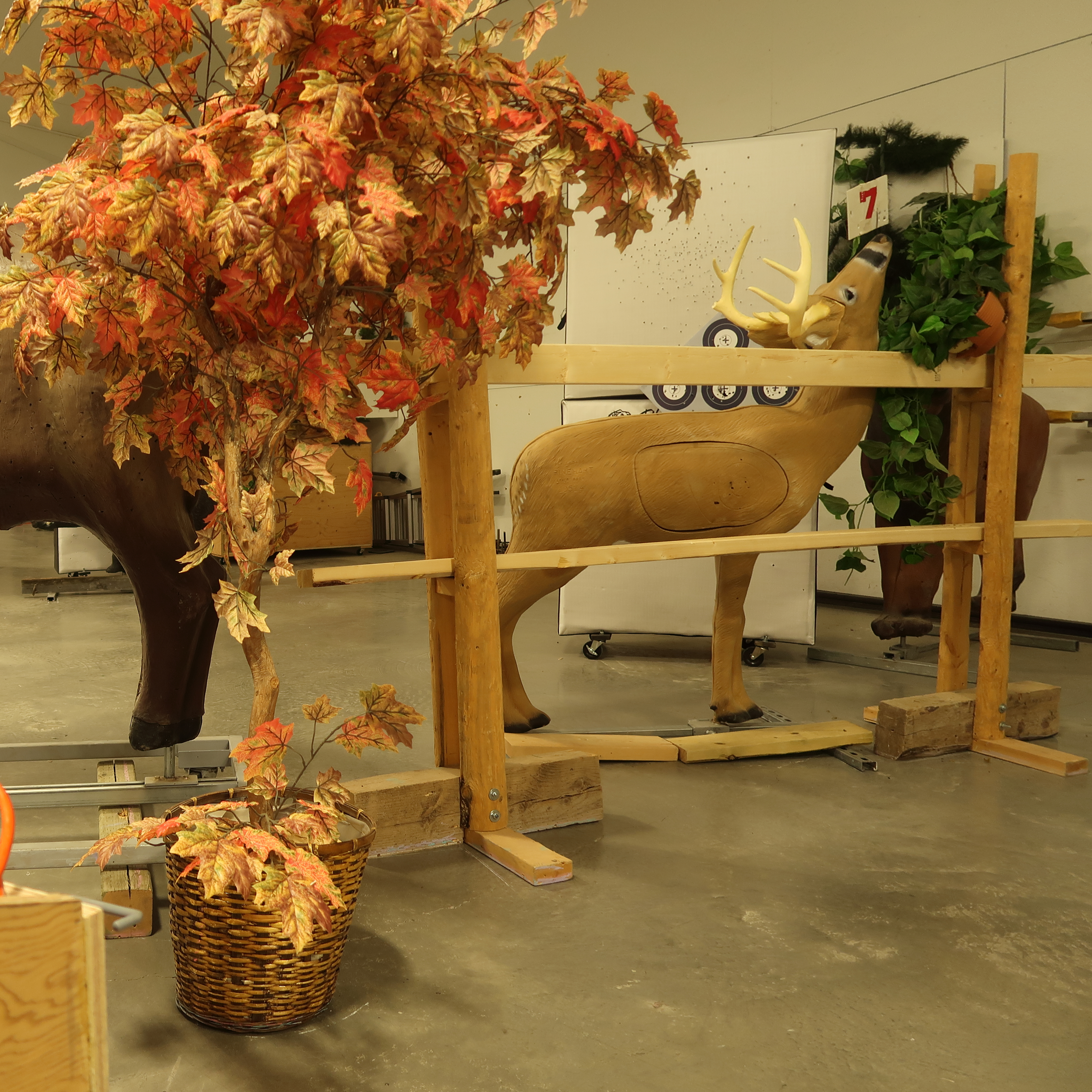
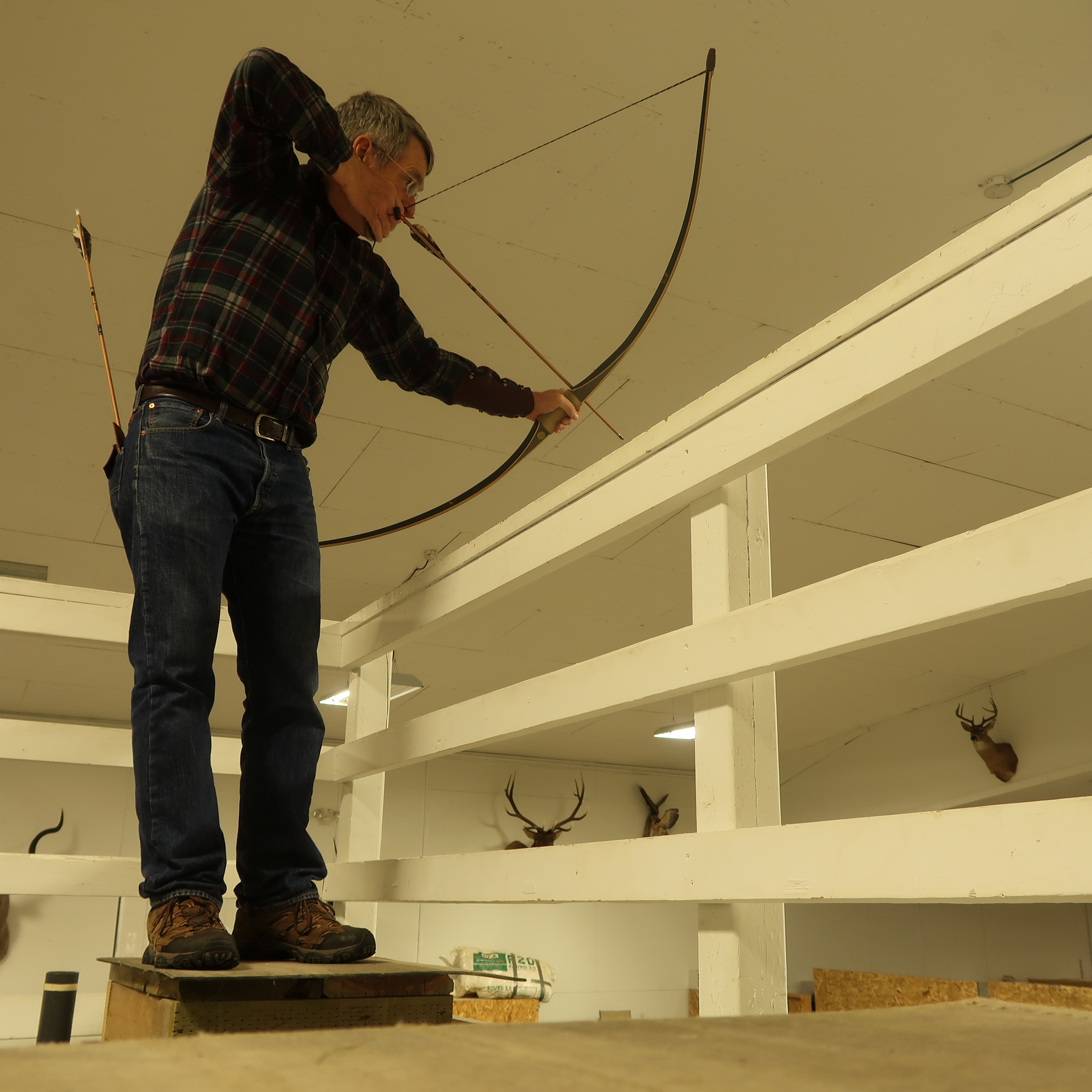
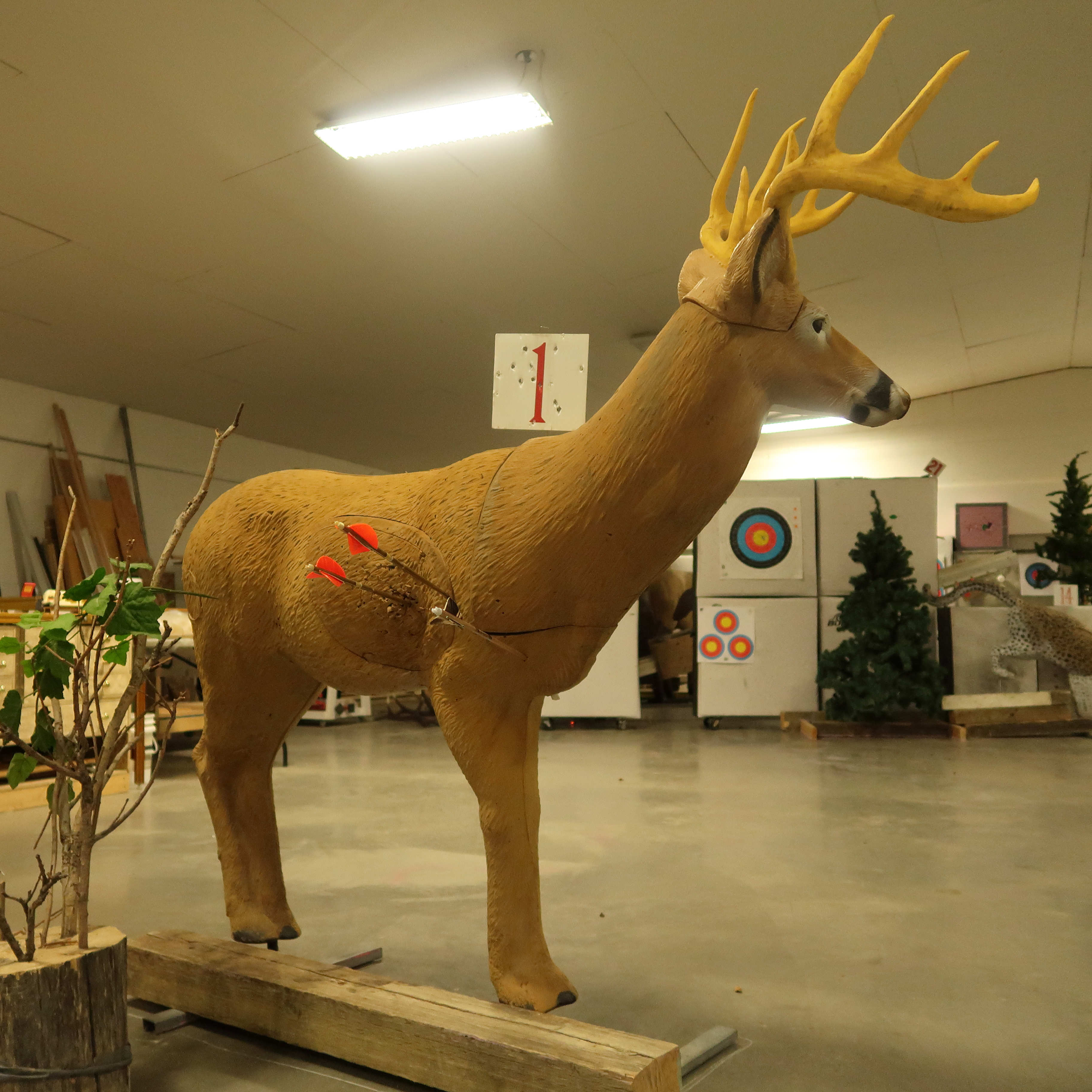
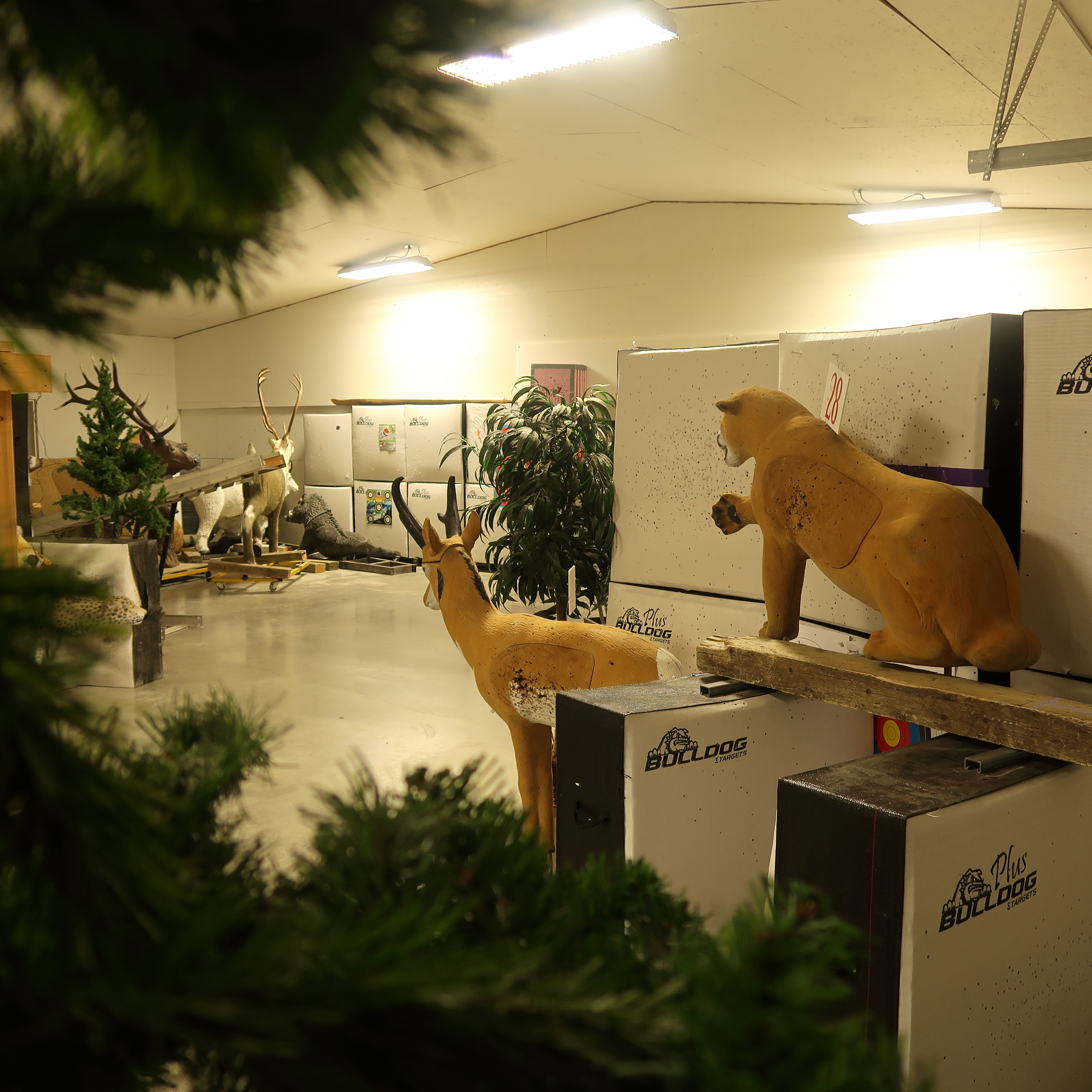 lessons learned so far:
lessons learned so far: